Updated date: 11/23/2023 13:19:47
The draft Law on Identification has revised and supplemented the principle that the collection and addition of biometric information on DNA and voice into identification data can only be done on the basis of people voluntarily providing or storing available information during the process of resolving criminal and administrative cases.

Scene of the discussion session in the hall about the draft Law on Identification at the 6th Session, 15th National Assembly , October 25 (Photo: DUY LINH)
According to the schedule of the 6th Session, on November 27, the National Assembly will vote to pass the draft Law on Identification. During the discussion session in the hall on October 25, the majority of National Assembly deputies agreed with the draft Law that has been absorbed, revised and completed.
At the mid-session meeting of the recent session, the National Assembly Standing Committee also had a high consensus with the entire draft Law that had been revised and completed and concluded that the draft Law on Identification was eligible to be submitted to the National Assembly for voting and approval.
Update “other names” and “place of birth: to the National Population Database
The Draft Law has added provisions in the direction of expanding and integrating many other information of citizens and people of Vietnamese origin in the National Database and specialized databases into the National Population Database to meet the requirements of state management and bring many conveniences and benefits to people in exploiting and using them to serve the implementation of administrative procedures, civil transactions, economic , commercial and other activities according to their needs.
In addition, taking into account the opinions of National Assembly deputies, the draft Law has added two groups of information collected and updated in the National Population Database, including "other names" and "place of birth" for completeness and to ensure the interests of the people.
The group of information on civil status and permanent residence, temporary residence, current residence... in the National Population Database will help determine the authority to resolve administrative procedures, information on legal status, rights, responsibilities, and obligations of citizens...

Minister of Public Security To Lam explained and clarified a number of issues raised by National Assembly deputies during the discussion session on the draft Law on Identification on October 25 (Photo: DUY LINH)
Information about blood types will serve emergency work, building reserve blood sources for medical examination and treatment, scientific research, building development plans, medical prevention, etc.
Meanwhile, information on mobile phone numbers and email addresses is used to ensure communication between state agencies and citizens (handling administrative procedures, disseminating policies, providing crime prevention information, handling unexpected and complicated situations related to national defense and security, etc.); as well as performing authentication when creating and using electronic identification cards or conducting transactions with state agencies, etc.
The national population database is currently the only state database that has been systematically invested in by the Government in terms of infrastructure and software systems, and is managed and supervised by a team of experts in information technology and network security.
The National Population Database is a shared database of state agencies, connected, shared, decentralized, and authorized to exploit and use information to all state agencies from central to local levels. Information retrieval from the National Population Database is carried out according to a strict, fast, and convenient process while still ensuring confidentiality and information security. |
Collect iris information into the Identity Database
Regarding information in the Identity Database, the draft Law has revised and supplemented the principle that the collection of biometric information on DNA and voice can only be carried out when people voluntarily provide or store available information during the process of resolving criminal and administrative cases with requests for information appraisal of subjects to serve crime prevention and control work.
At the same time, the draft Law also clearly stipulates the sharing and exploitation of information in the Identity Database to be more rigorous and complete.

In addition to collecting fingerprints, the draft Law on Identification adds regulations on collecting iris information in identification information to serve as a basis for cross-checking and verifying each individual's information (Illustration photo)
In addition to collecting fingerprints, the draft Law adds provisions for collecting iris information in identification information to serve as a basis for cross-checking and verifying each individual's information; providing support in cases where a person's fingerprints cannot be collected (in cases of disabilities or deformed fingerprints due to objective or subjective reasons...).
According to the drafting agency and the examining agency, current scientific practice has proven that, along with fingerprints, a person's iris has a complex and unique pattern structure for each person, which does not change much over time.
Iris recognition technology (also known as iris sensor technology) is a method of using algorithms and images to identify a person based on the complex and unique structure of the iris (where the human eye color is determined), which is now widely applied in many fields.
Currently, many countries have applied this technology to serve citizen identification, passport authentication, filling in authentication information via website... On the other hand, this technology has high accuracy, is simple, easy to use, and does not require complicated operations.
Remove fingerprints from ID cards
Regarding regulations related to ID cards, the draft Law amends and supplements in the direction of removing fingerprints; amends regulations on information on ID card number, hometown, permanent residence, signature of the card issuer to personal identification number, place of birth registration, place of residence...
According to the drafting agency, the above changes and improvements aim to make it more convenient for people to use their ID cards, limit the need to issue new ID cards, and ensure people's privacy.
Citizens' basic identification information will be stored, exploited, and used through the electronic chip on the identification card. For issued citizen identification cards, they are still valid and are not affected by this regulation.
In addition, taking into account the opinions of National Assembly deputies, the draft Law also supplements and clearly stipulates the type of information encoded and stored in the storage unit on the ID card; the integration of information into the ID card; the exploitation of integrated information encoded in the ID card; and the case of reissuing the ID card due to changes in identity, adding facial photo information, fingerprints or when the cardholder requests to adjust to suit changes in administrative unit boundaries, administrative unit names, etc.
During the process of drafting the Law, there were suggestions to supplement the information printed on the card, including information about ethnicity. The drafting agency realized that, in reality, information about “ethnicity” facilitates people in exercising their rights and benefits with priority for ethnic minorities; but in some cases, it can lead to discrimination.
.jpg)
Chairman of the National Assembly's Defense and Security Committee Le Tan Toi presented a report explaining, accepting and revising the draft Law on Identification at the meeting of the National Assembly Standing Committee on November 15 (Photo: DUY LINH)
Ensuring information security in data mining from chip-based ID cards
Citizen information in the Identity Database will be stored and exploited through QR codes and chips on the identity card to ensure the security of citizen information.
The QR code on the ID card only allows the exploitation of basic information printed on the ID card and information about the citizen's previously issued 9-digit ID number to facilitate citizens when performing some transactions related to information about the 9-digit ID card.
To ensure the security of information, the ID card is manufactured using high technology and has been encrypted, ensuring against counterfeiting or unauthorized access and exploitation of information, thus ensuring the security of information exploitation in the electronic chip.
The drafting agency stated that the information stored and encoded in the electronic chip on the ID card includes two parts: the information encoded according to international ICAO standards and the information integrated according to people's needs.
To meet the international ICAO 9303 standards on authenticating data stored in electronic chips, ensuring consistency among countries and agencies issuing international travel documents (passports, identity cards, etc.), the drafting agency has coordinated with the reviewing agency, the National Assembly's Defense and Security Committee, and relevant agencies to research, select, and regulate the information printed on the card and the integrated information to ensure consistency and compliance with ICAO conditions and standards.
According to VAN TOAN (NDO)
Source








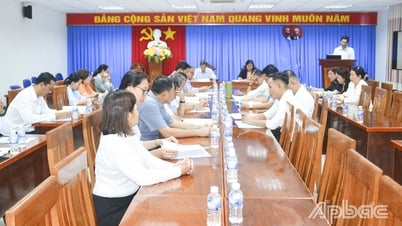

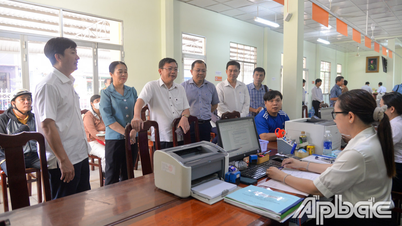


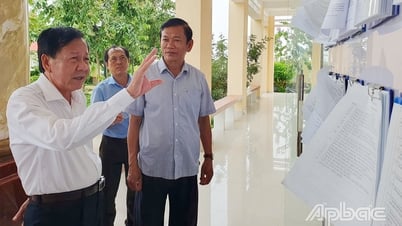
























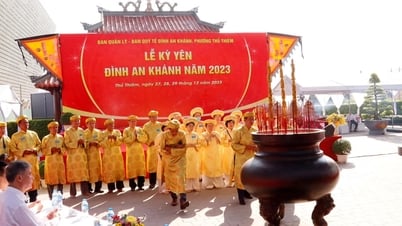




























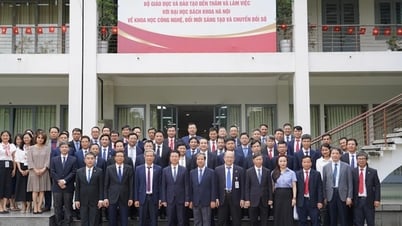



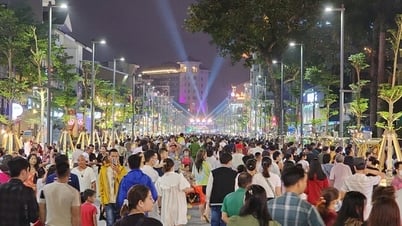









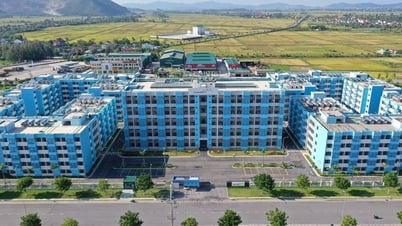
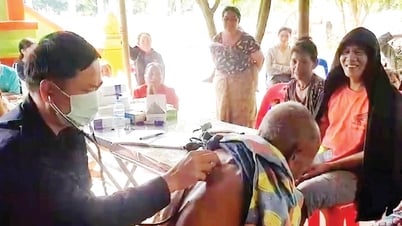

![[OCOP REVIEW] Bay Quyen sticky rice cake: A hometown specialty that has reached new heights thanks to its brand reputation](https://vphoto.vietnam.vn/thumb/402x226/vietnam/resource/IMAGE/2025/7/3/1a7e35c028bf46199ee1ec6b3ba0069e)












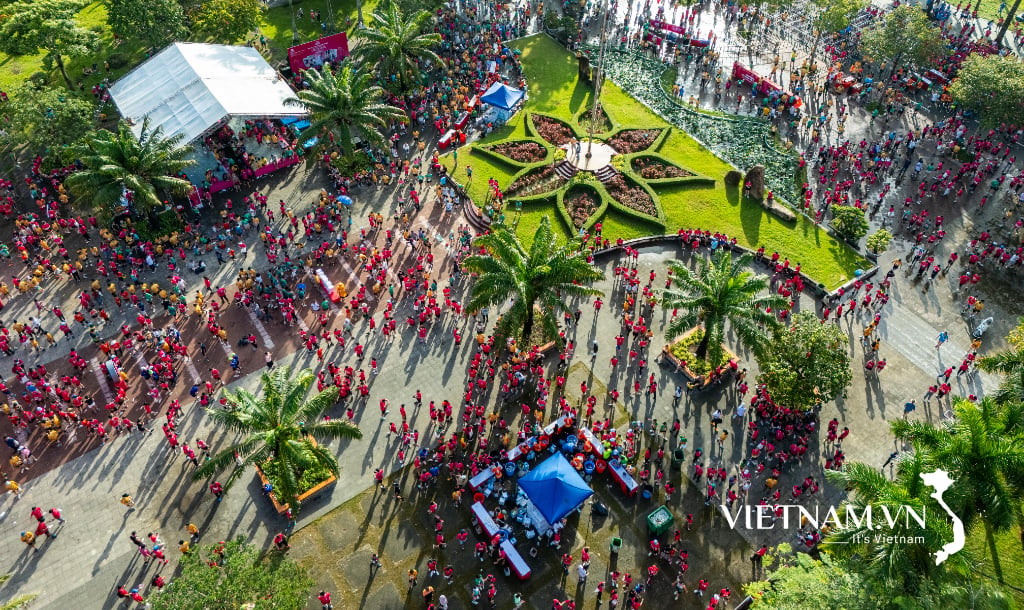
Comment (0)